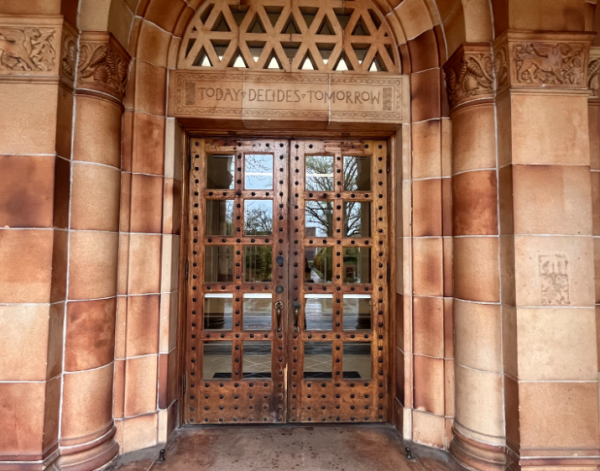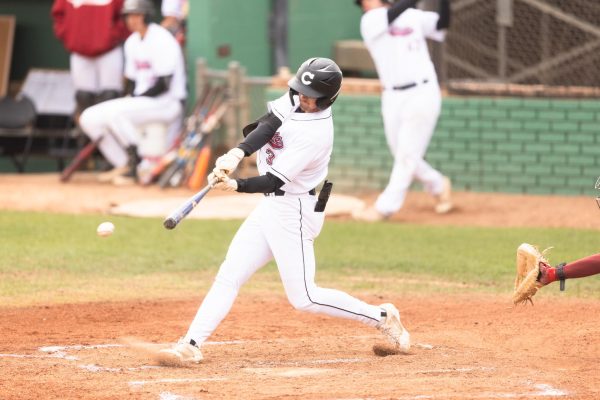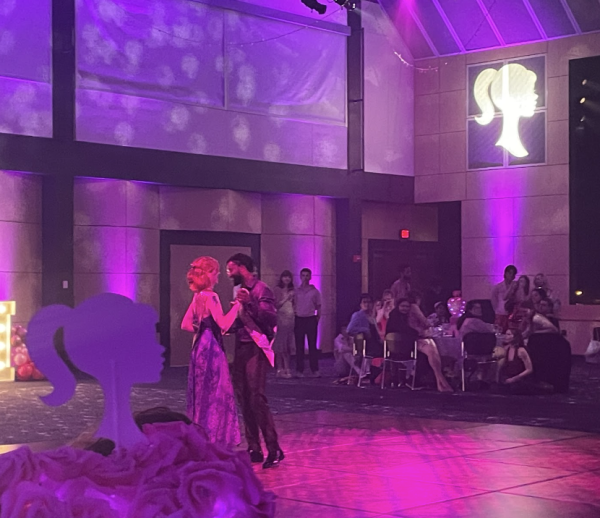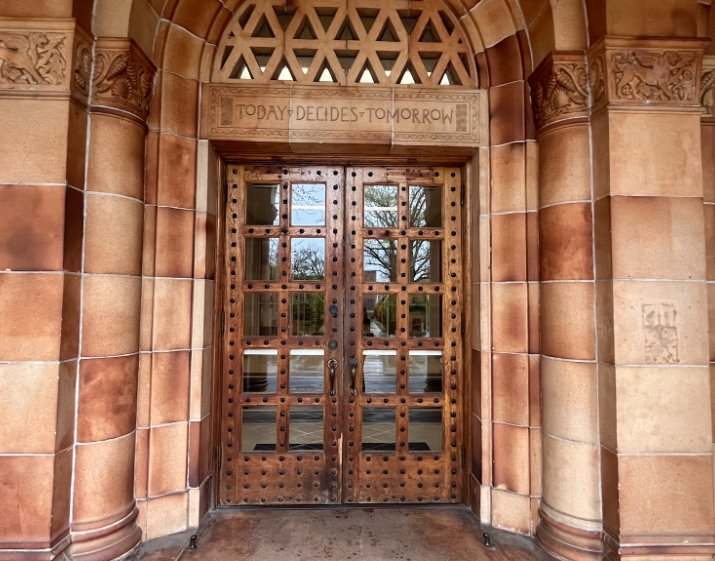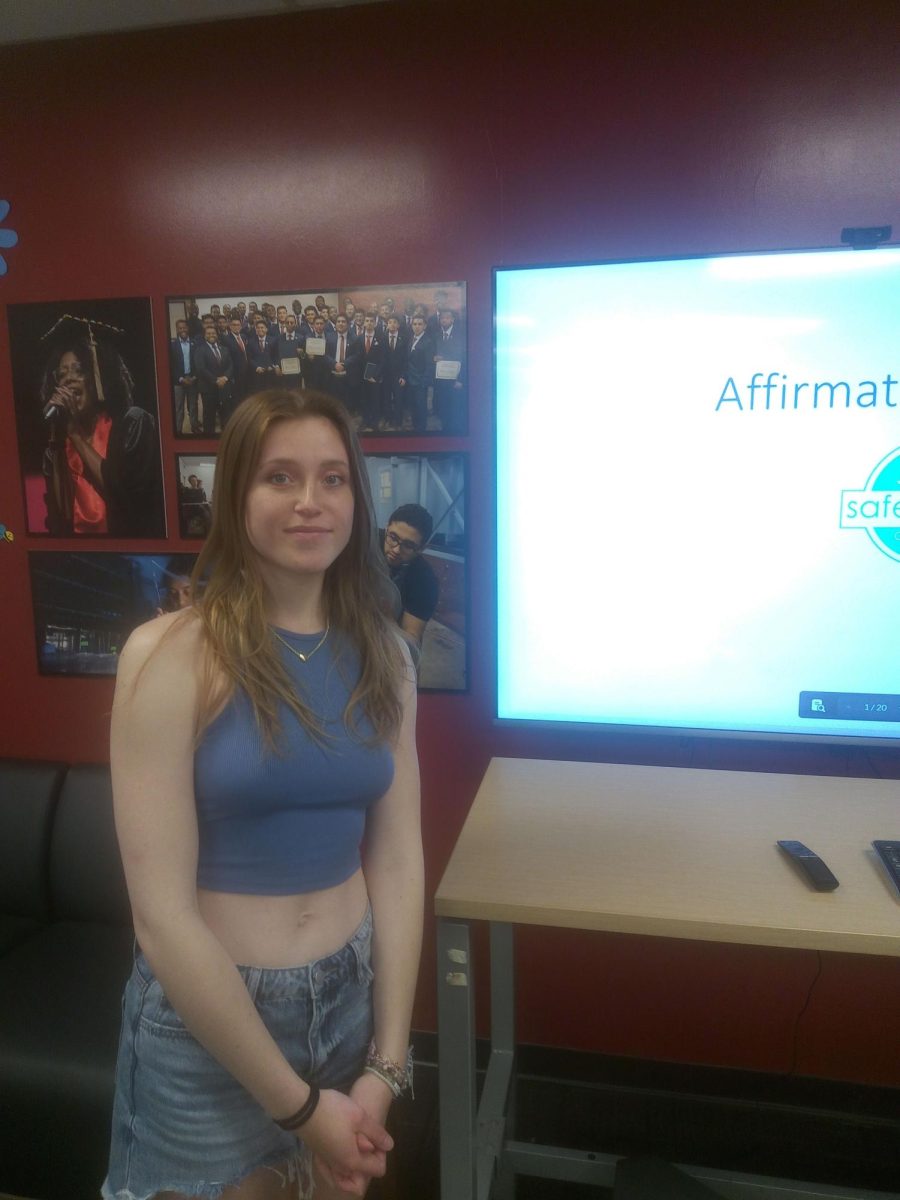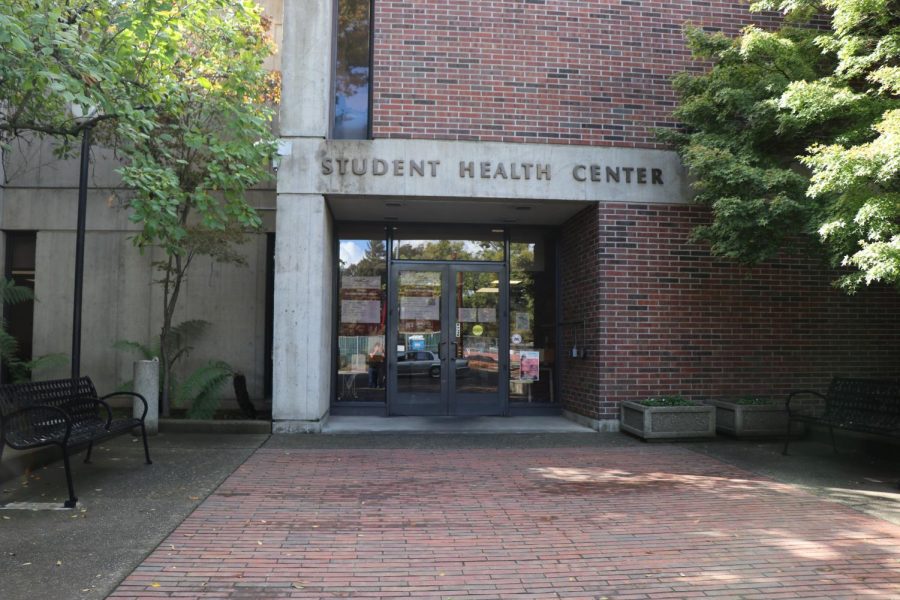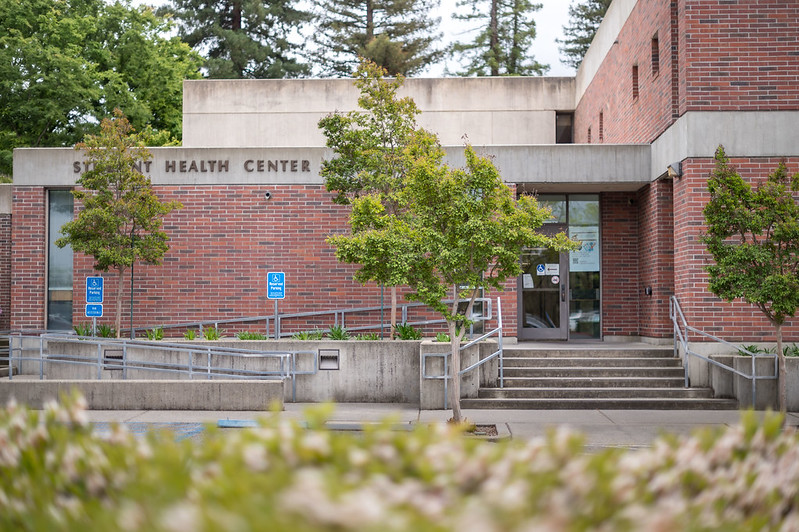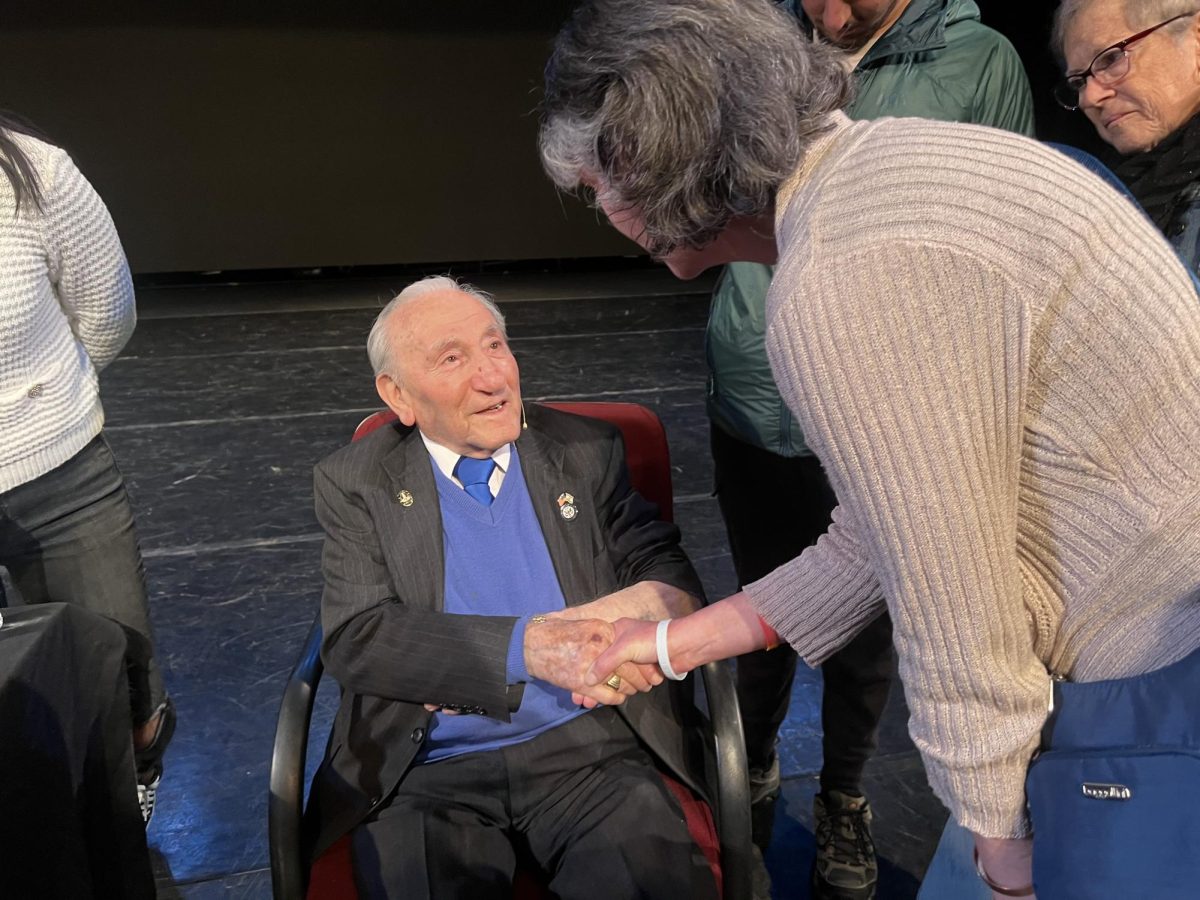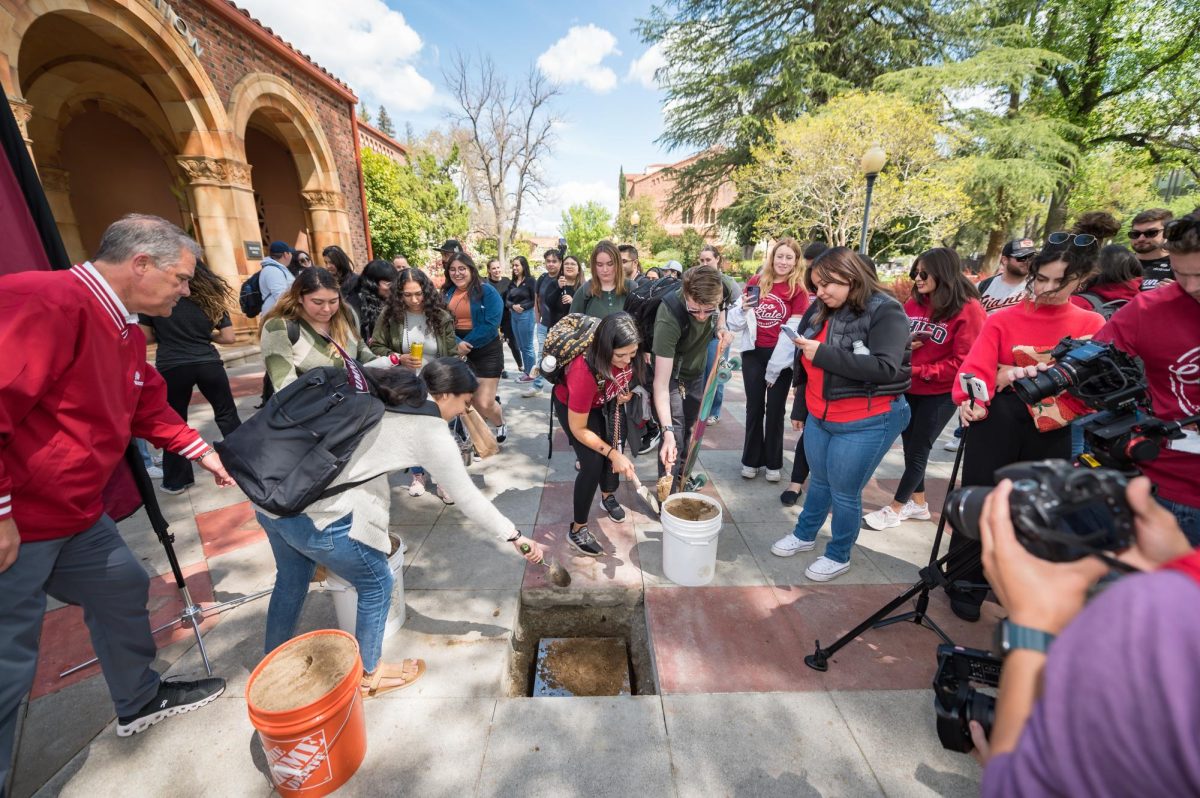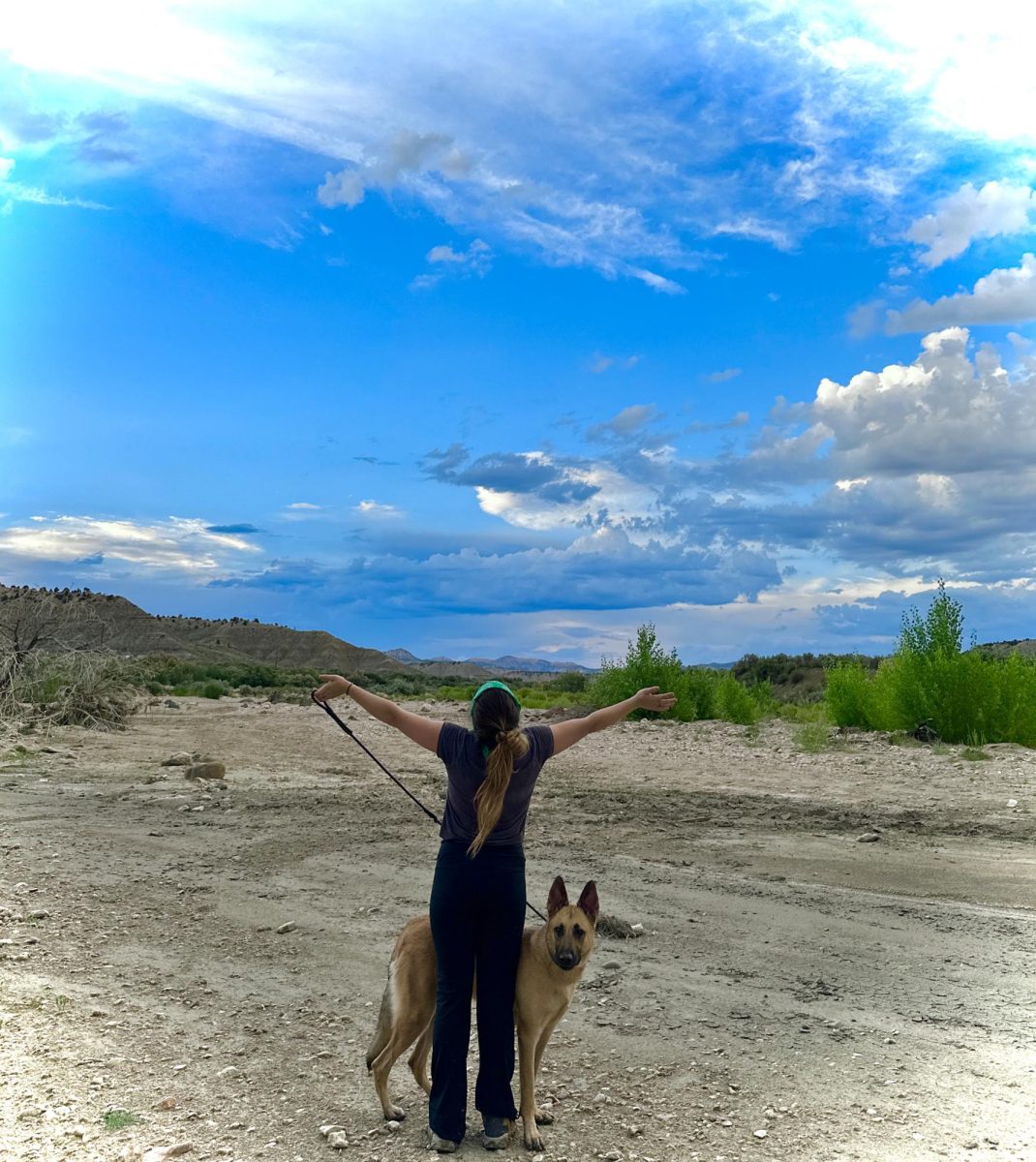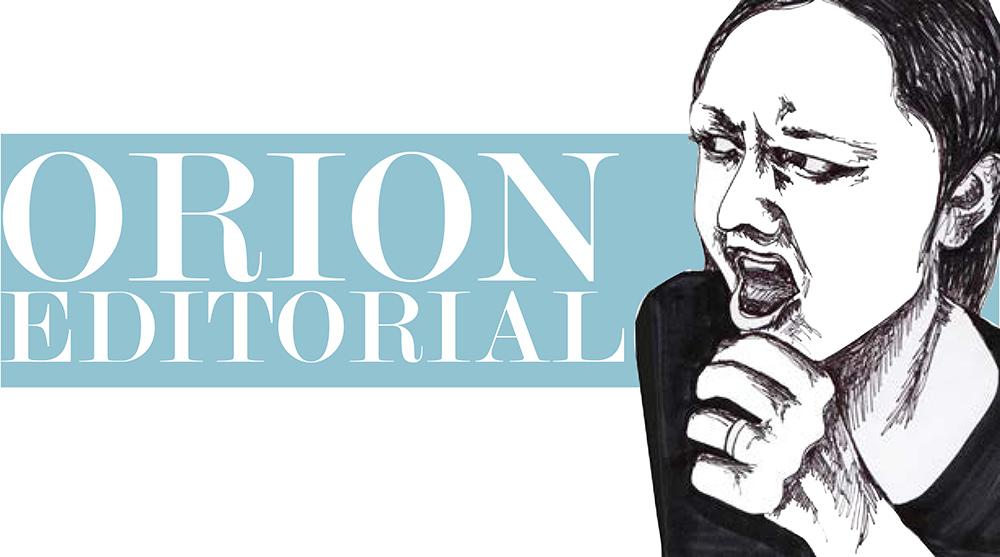
The American Association of University Professors is against requiring the use of trigger warnings in classes. It feels that necessitating the warnings limits academic freedom.
Trigger warnings were designed to protect trauma victims from content that brings up disturbing memories.
For example, a professor could offer a trigger warning for “graphic wartime-violence” before showing a clip from “Saving Private Ryan.” A student veteran in the room would then have the opportunity to prepare for or even leave the class before being subjected to a bloody battlefield.
There really is no good place to have a post-traumatic anxiety attack, but if someone were to compile a list ranking the best places to break down, a classroom full of fellow students would be somewhere toward the bottom.
Professors should use trigger warnings in their classes out of respect for their students’ mental health, whether it is required or not.
The AAUP claims that requiring trigger warnings infringes on professors’ freedom to teach. It says that college is meant to challenge students, not protect them, and that requiring these warnings is “anti-intellectual.”
This argument is the only anti-intellectual part of the issue.
An anxiety attack is not an academic challenge. It has no educational purpose. If anything, having a post-traumatic panic attack in class does more to interrupt a student’s education than enhance it.
To say that students should face triggering content for the sake of academia is like saying students should lick a bathroom doorknob for the sake of dental hygiene. It doesn’t make sense.
Many trigger warning opponents are afraid of students using the disclaimers to skip class. A student who disagrees with a certain religion could just trigger warning his way out of that unit in Religious Studies 101.
Professors shouldn’t disregard their students’ well-being on account of this slippery slope fallacy.
Much like sociology professor Nandi Crosby said in her interview with The Orion (see A2), trigger warnings are a matter of responsibility, not requirement.
Professors shouldn’t be forced to padlock their lectures with disclaimers, but they should feel the need to warn students of particularly graphic and disturbing content.
It’s hard to define what kind of content needs a trigger warning, but much like US Supreme Court Justice Potter Stewart and his hardcore-porn principle, you’ll know it when you see it.


